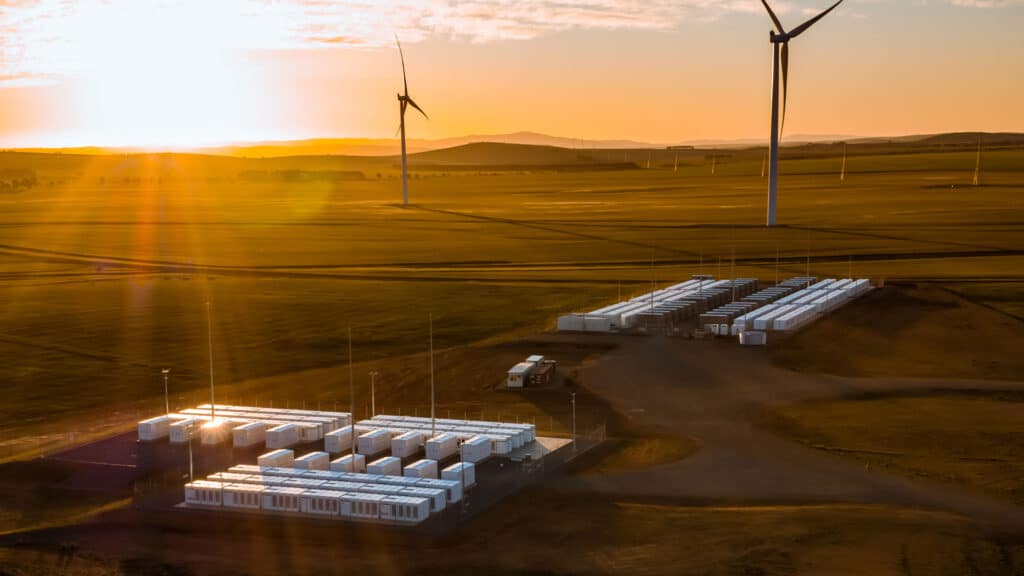Kazakhstan aims for major growth in renewables and battery storage

Kazakhstan’s renewable energy capacity could reach 19 gigawatts (GW) by 2030, representing at least 30% of the nation’s total generating capacity, according to Nabi Aitzhanov, CEO of the Kazakhstan Electricity Grid Operating Company (KEGOC). To support this expansion, the country would require a minimum of 3 GW of energy storage capacity.
«Kazakhstan has already issued technical specifications for renewable energy projects totaling 19 GW. These are projects that could be implemented by 2030,» Aitzhanov told reporters at a recent energy storage forum. «The preliminary volume we currently project for energy storage is 3 GW.»
The ambitious growth in renewables presents major challenges. Kazakhstan had previously aimed for a 15% share of renewables by 2030. The new 30% target would significantly increase demands on the national grid, including the need for flexible infrastructure and battery storage to manage fluctuations.
KEGOC is actively planning for the integration of future renewable projects into the national power system. Aitzhanov highlighted the intermittent nature of solar and wind power, citing a recent blackout in Spain as an example of the risks tied to renewable energy instability.
«Electricity generation from solar and wind doesn’t always align with peak consumption,» he said. «A lack of sunlight or wind in the evening, when electricity demand typically peaks, can create serious challenges for a system without adequate storage or backup sources such as gas or hydroelectric power plants.»
To address this, Kazakhstan plans to add 6.5 GW of flexible, gas-fired generation capacity by 2035. Additionally, the government will require all large-scale renewable energy facilities to have on-site battery storage systems to help stabilize the grid and release energy during peak hours.
Aitzhanov also outlined two proposed mechanisms for implementing energy storage:
- Auction-based competitions: Investors will compete in bidding, with winners awarded contracts to build storage systems.
- Balancing market arbitrage: Storage operators will buy electricity during low-demand periods, store it and sell it back to the grid during peak times at higher market rates.
He noted that these mechanisms are being developed in coordination with the Ministry of Energy and will be included in upcoming legislation on alternative energy sources.
Currently, Kazakhstan operates a 7.5-megawatt (MW) pilot energy storage system at a substation in Kokshetau. The facility is being used to test how storage systems interact with the grid.

